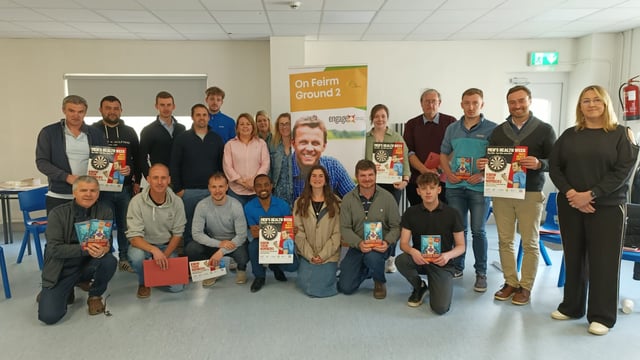EU agri-working group recommends tool for assessing biodiversity loss
A new method for better measuring the impact of products and companies on biodiversity has been developed by the European Commission.
As a result, biodiversity may shortly become an ‘impact category’ assessed as part of a product or company’s environmental footprint on a similar footing with other categories such as climate change, land use, and acidification.
The new method was recommended by an Agricultural Working Group – made up of experts from various fields, including agronomy, environmental science, and sustainability – following its evaluation of the current standards under the EU’s Environmental Footprint (EF) initiative.
According to the report released by the Agricultural Working Group, its role is “ensuring that the EF methods are applicable and relevant to the agricultural sector and sometimes beyond agriculture, such as the issue of water modelling, or how to better reflect biodiversity impacts in the EF.”
The EF methods provide guidelines for modelling, calculating, and reporting life cycle environmental impacts of products and organisations, as well as any efforts implemented to reduce their carbon footprint.
The EF methods also aim to prevent ‘greenwashing’ by requiring rigorous feedback on any environmental-related claims by organisations or companies.
In addition, the methods are used by policymakers to design policies and standards relating to environmental protection in a systemic way.
Biodiversity
The report stated: “Biodiversity, encompassing the variety of all life forms on earth, plays an essential role in ecosystem function and the provision of services indispensable to human well-being, such as food security, clean water, and climate regulation.
“This is particularly relevant in agriculture, which is a significant cause of biodiversity loss and is itself highly affected by biodiversity loss, especially under intensive farming systems.
"Therefore, addressing the impacts of our consumption and production is urgently needed."
Improving assessment of biodiversity loss within the EF methods is the fifth milestone for the Agricultural Working Group.
It has already worked on improving assessment of the impact of pesticides and fertilisers, carbon emissions related to feed digestion and manure, and the modelling of water use.
The method for assessing biodiversity impacts endorsed by the Agriculture Working Group is expected to be included in the next EF recommendations.
Future milestones for the working group will cover collecting data on farm and assessing issues that cross-cut all milestones.





